Component 1, the start:
It is the initial movement made by the ball and the swingarm at the same time as the first step. That start must take into account four factors that are: distance, fluidity, synchronization, and alignment.
Distance: when making the push away the ball should be between 4 and 6 inches in front of the right foot.
Fluidity: refers to the freedom with which the movement should be made.
The push away must be originated by a relaxed movement of the arm that must be continuous. The form of the movement must be marking a circular route, this will allow symmetry in the rest of the swing.
Alignment: the ball should move in front of the shoulder in a straight line, should not move to the right or left of the body. An erratic movement in the direction of the start will cause problems in the swing.
Synchronization: The push away must be synchronized with the first step.
Component 2, approach and rhythm:
The approach is walking towards the foul line to throw. Walking seeks to transfer energy from the body to the ball.
The size and speed of each step will mark the throwing rhythm, in a typical throw four steps are taken before throwing. The first step is the start, that and the next are paused and normal distance. The next step is known as a powerful step which should be shorter and faster, this movement will change the rhythm generating more power. The last step will be a wide slide.
The power with which the ball is thrown depends more on the energy that is printed in the walk. Another key factor in the walk is the line on which you walk. Although this is not a rule, generally you get better rhythm and balance when a player walks in a straight line.
Component 3, the swing:
The goal of a proper swing is to provide the player with consistency in their game. When a player is able to roll the ball with precision repeatedly has acquired consistency, such precision refers to the player’s ability to pass the ball over an established reference point.
The component that provides the most consistency to a player is the swing, which is the oscillation movement that makes the ball and has several characteristics: The first is the relaxation and fluidity with which it is done. In the swing the shoulder functions as a pivot from which the arm picks up, for a proper swing there should be no hand pressure on the grip of the ball, which should be soft and relaxed. The second characteristic to take into account in the swing is the line in which the ball moves and is known as the plane of the swing.
In the swing should seek to move the ball in the same geometric plane, when this pendulum freely from the shoulder does not change direction, to maintain the direction will always occupy the same space or plane. The proper direction of the swing will depend mainly on the direction of the push away at the start, in it, the ball should be moved in a straight direction in front of the shoulder when the low ball will remain below the shoulder.
The swingarm should be kept close to the body. When the ball rises to the top of the height it will be aligned with the head and when the ball drops, the arm will remain adjusted to the body and the ball will remain in the same plane, now under the head. At release the ball will pass very close to the ankle, the end of the swing will continue in the same plane and the arm will end in front of the right eye.
Types of swing: according to the concept of the United States Bowling Congress (USBC) three basic types of swing are defined, without discarding the variations that may occur additionally. These types of swing complemented with another component of the physical game also determine the type of player.
The first type of swing is known as rollerblade, this type of swing, in its lower part, makes a long and flat and generally reaches little height and its return is also flat. Normally it is used for straight throws.
The second type of swing is known as stroker, this type of swing is more like a pendulum movement. In its course, from the beginning, it moves over an arch. At the bottom of the swing just before release forms a small plane.
The third type of swing is known as cranker. The shape of the movement is similar to the stroker style, however, it differs because it reaches greater heights. At the bottom of the swing is not a flat portion. This type of swing is a generator of more power.
Component 4, the timing:
The timing refers to the coordination of the movement of the ball in relation to the location of the feet during walking and throwing. This component, together with the swing, determines the type of player. According to recent USBC definitions, players are classified by their timing in roller, leverage, and stroker.
The technique taught in the previous exercises is adjusted to the stroker style. This style is used for teaching because it is a standard, from which the athlete can frame his own style. Previously this style was known as perfect timing.
In the stroker style, the athletic posture is defined as the zero-zero position. When the player extends his arm doing push away in sync with the first step, it is said that he is in position one – one. When the ball goes down and is slightly behind the body at the end of the second step, it is in position two-two. When the ball climbs to the top of the swing and at the same time the third step is taken, it is in position three – three, at that point there should be total synchrony.
By the time the ball reaches the top of the swing the body weight will be supported on the right foot, this corresponds to the third step or power step, taught in the exercises. The fourth and last step will be the wide slide when the player finishes sliding, the ball should be reaching the ankle, this will be position four-four.
Component 5, the final position:
This component refers to the balance position that the athlete will have when throwing. The balance provides accuracy in each shot and gives the possibility to better transfer the power of his body to the ball. By observing the athlete from the players’ area at the end of the throw, we will be able to emphasize key aspects.
Placing the player in the balance position within a clock we will be able to observe more easily: the sliding foot should be at 6 o’clock in line with the center of his body, the balance leg should be stretched behind the body, the outer edge of the instep of the right foot should be gently supported on the floor and located just at seven o’clock, the player’s head should be between twelve o’clock and one o’clock, the hand that ends the swing should be at one o’clock and the left arm should be next to the body between 8 o’clock and 9 o’clock.
Now, looking laterally at the player at the end of the throw we will see that the left leg should have an angle of about 45°, the right leg will be seen as an extension of the body behind the sliding leg, the right arm should continue the swing upward and end stretched next to the head, the trunk should retain the initial inclination adopted in the athletic posture and the head will be upright with the view towards the reference.
Component 6, follow-through:
It is the culmination of the swing movement, it is important because it gives continuity to the throw, giving more power and depth to the ball in its course. Observing the player from behind the arm will continue the forward movement in line with the reference shot chosen. Laterally the arm will continue the swing and will be stretched next to the head.
Tossing a bowling ball So far we’ve tackled how to execute a bowling ball. Now we will see the factors that must be taken into account to decide the line that the player will follow with the ball to knock down the pins, that is, the line of throw. To determine the basic shooting line, two reference points must be used: the first of these is the site in the approach zone where the player will take his athletic posture, this will be the starting point.
The second point of reference is the arrow, cross, table or the area of the head towards which the ball will be thrown. These reference points are chosen for their proximity to the pins.
Establishing the Starting Point and Reference Point
The starting point is the place where the athlete is located when starting to walk. He or she must first determine how far from the foul line the starting point will be. This distance is established by standing with your back to the pins on the foul line and walking four and a half steps of normal size towards the player’s area; once this distance is established, the athlete must turn 180 degrees to face the track.
The second step is to establish the board or crossing across the width of the track on which it will be located, this will depend on the site chosen as a reference shot. To explain how to choose the starting point we will do it with an example, this way we will understand the relationship between the starting point and the reference point.
Let’s suppose that the athlete chose the second arrow as the reference point, that is to say when he throws the ball his center will pass through there. Knowing this, the ball is placed at the chosen starting point at 4 and a half steps, with its geometric center over the second arrow and the athlete, will stand next to it.
Count how many boards there are from the inner edge of the left shoe to the center of the ball, to this is added the number of boards counted to the number of the table chosen as a reference and the resulting number will indicate the table on which to place the inner edge of the left shoe.
For example, if the number of tables counted is 7, this will be the number added to the number corresponding to arrow 2. The athlete will then stand with the edge of his left shoe on board 17. If, for example, the athlete wants to throw the ball on the third arrow, his starting point would change. As arrow 3 corresponds to table 15, it should stop on table 22.
Next Steps and Where to Purchase Equipment
When you’re ready to make the leap, you can read these articles to learn what bowling equipment we recommend for every different kind of player and choose what suits you better. We try to review the best bowling equipment in the market every few weeks to keep up-to-date with the current trends.

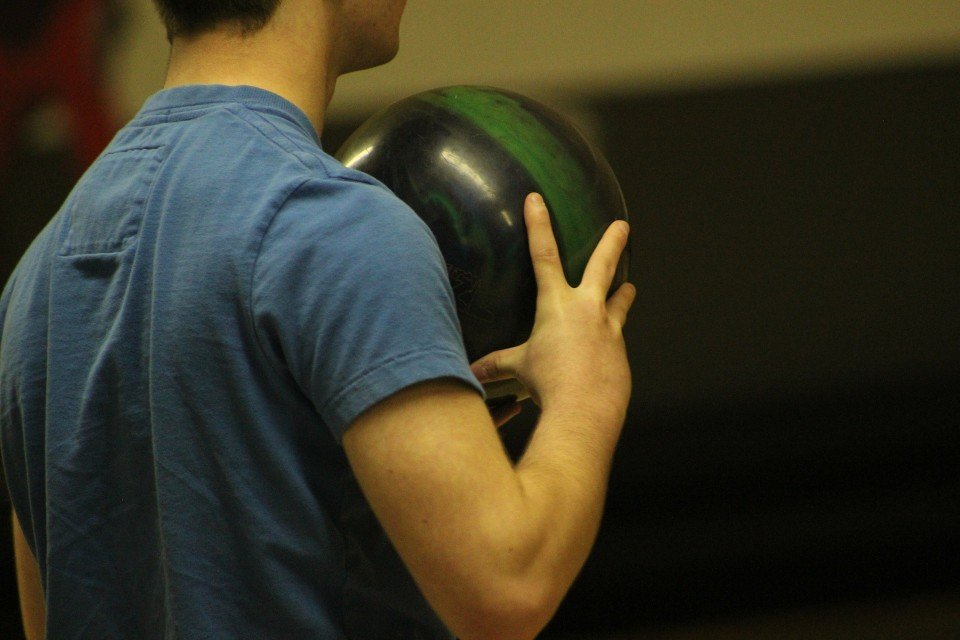

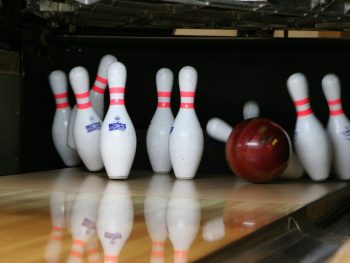


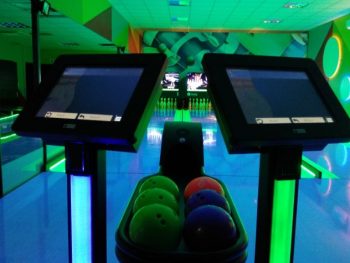

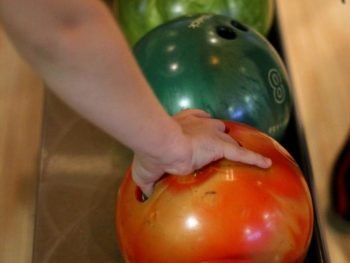
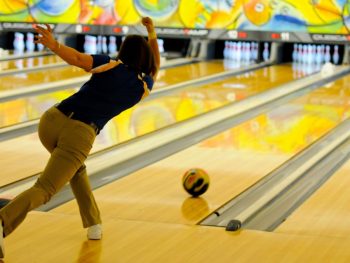



 A Comprehensive Guide Of The Bowling Scoring Rules
A Comprehensive Guide Of The Bowling Scoring Rules